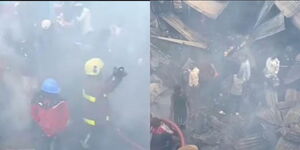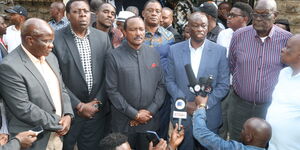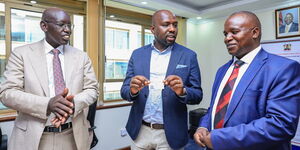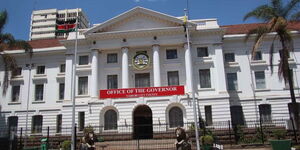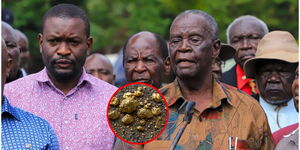Months after the country began to experience heavy rainfall, the Kenya Meteorological Department has warned the public to take caution over two cyclones that have hit the coast, Cyclone Hidaya and Cyclone Ialy.
Cyclone Hidaya hit the Indian Ocean at the beginning of May, generating massive precipitation with strong winds and powerful waves.
The cyclone reached a maximum speed of 165 Kilometres per hour and was designated as a severe storm.
The Meteorological Department later acknowledged that Kenya would only experience the storm's after effects.
On Tuesday, May 21, Kenya Met announced Cyclone Ialy, which would be marked by strong winds and waves hitting the Indian Ocean.
The effects of the strong wind would increase up to 55 Kilometres per hour and would be experienced along the Coasts of Kenya, Tanzania and Somalia.
History of Naming
The practice of naming tropical storms began in the 1900s to aid in the quick identification of storms during the issuance of warnings and advisories.
According to the World Meteorological Organisation, people tend to remember names easier than technical or scientific terms.
They also presumed that it would be easier for the media to report on the cyclones and heighten interest.
In the mid-1900s, a storm destroyed the mast of a boat named Antje in the Atlantic Ocean. The storm was later known as Antje's Hurricane.
Years later, WMO adopted the use of feminine names for storms and decided to identify storms using names arranged alphabetically.
This meant that the storm would begin with the name A such as Anne, followed by B for Betty.
Instructively, the main reason why local names were picked for various regions in the world is for memorability amongst the communities living in the particular areas.
For instance, the name Hidaya was proposed by Meteo France La Reunion, the meteorological agency responsible for monitoring weather along the South Western Indian Ocean.
The only time a name can be struck off the list is when it is considered offensive or inappropriate or when its effects were so devastating.
If the name is flagged, the matter is included as part of the WMO Tropical Cyclone Committees annual meeting's agenda.
Some of the names that have been retired in the past include; Mangkhut (Philippines, 2018), Maria (Caribbean, 2017), Haiyan (Philippines, 2013), Katrina (USA, 2005), and Sandy (USA, 2012) among others.
For instance, the name Hurricane Katrina was retired because of the storm's devastating effects after it claimed the lives of 1,390 people.
Procedure
Five tropical cyclone bodies regulate the naming of the storms.
They include; the WMO Typhoon Committee, WMO Panel on Tropical Cyclones, RA (I) Tropical Cyclone Committee, RA (IV) Hurricane Committee and RA (V) Tropical Cyclone Committee.
The responsible Hurricane Committee can determine the name of a phenomenon, which is then used for the next six years. The name can however be revised at the annual meetings bringing together the different committees.




